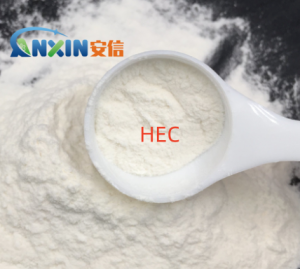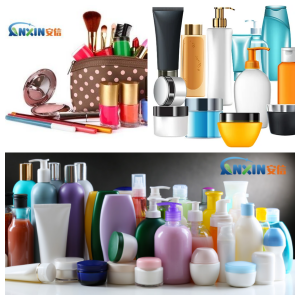Hydroxyethyl cellulose (HEC) is a nonionic, water-soluble polymer derived from natural cellulose. Due to its high safety and stable properties, it is widely used in skincare, cleansing, and makeup formulations. Its role in skincare goes beyond simply being a thickener; it also possesses multiple functions, including improving skin feel, stabilizing the system, and assisting in film formation.
1. Structure and Properties
Hydroxyethyl cellulose is a cellulose derivative derived from natural cotton linters or wood pulp through chemical reactions such as alkalization and ethylene oxide etherification. The hydroxyethyl substituents introduced into its molecular chain enhance its hydrophilicity, enabling it to dissolve in both cold and hot water to form transparent or translucent colloidal solutions. Its nonionic nature makes it less susceptible to chemical reactions with positively or negatively charged ingredients in formulations, making it stable across a wide range of pH values and electrolytes.
2. Primary Functions in Skincare
2.1. Thickening and Viscosity Control
HEC can significantly increase the viscosity of skincare products, helping the aqueous phase form a uniform, fluid gel or emulsion texture. When added to toners, serums, and facial masks, it improves product spreadability and application, preventing runny, and allowing for even spreading across the skin.
2.2. Stabilizing Emulsion Systems
In oil-in-water or oil-in-water systems such as lotions and creams, HEC can slow oil-water separation by increasing the viscosity of the aqueous phase, thereby enhancing the physical stability of the emulsion. This is particularly important for formulas containing high levels of active ingredients or volatile oils.
2.3. Improving Skin Feel and Film Formation
Skincare products containing HEC often form a thin, transparent, and soft protective film on the skin, reducing water evaporation and providing a silky, non-sticky feel. This film-forming property is particularly beneficial for moisturizing, soothing, and protective products.
2.4. Suspension and Dispersion
In skincare products containing insoluble particles (such as zinc oxide, titanium dioxide, and pearl powder), HEC can suspend and evenly disperse solid particles by increasing system viscosity and forming a three-dimensional network structure, preventing sedimentation or clumping.
2.5. Mild and Safe Formula Excipients
HEC, derived from natural cellulose, is non-irritating and non-sensitizing, complying with various international cosmetic safety regulations. It contains no active surfactants and does not disrupt the skin barrier, making it commonly used in skincare products for sensitive skin or infants.
3. Application Examples in Various Skincare Products
Moisturizing Serums: Low concentrations of HEC (0.2%-0.5%) enhance fluidity and improve application, while also stabilizing the distribution of humectants such as hyaluronic acid and glycerin within the system.
Cream and Lotions: A dosage of less than 1% can significantly improve the stability of the emulsion system, resulting in a smooth and delicate paste.
Facial Masks and Gels: HEC imparts a transparent, gel-like texture and helps evenly release active ingredients. Sunscreen: Acts as a suspending agent and film-forming aid, helping to evenly disperse sunscreen powders and enhancing the uniformity and water resistance of the protective film.
4. Application Advantages
Excellent Compatibility: Compatible with most skincare active ingredients, moisturizers, preservatives, and more.
Strong Stability: Stable within the pH range of 3-11 and unaffected by most electrolytes.
Safe and Environmentally Friendly: Biodegradable, in line with green formulation principles.
Flexible Processing: Both cold-soluble and hot-soluble, suitable for a variety of production processes.
The value of HEC in skincare lies not only in its effectiveness as a highly effective and gentle thickener, but also in its ability to improve the product’s overall texture, extend shelf life, and enhance the user’s skin experience. Whether in daily skincare, functional skincare, color cosmetics, or sunscreen, HEC serves as a key ingredient in stable and safe formulations, providing solid support for final product performance.
Post time: Aug-14-2025

